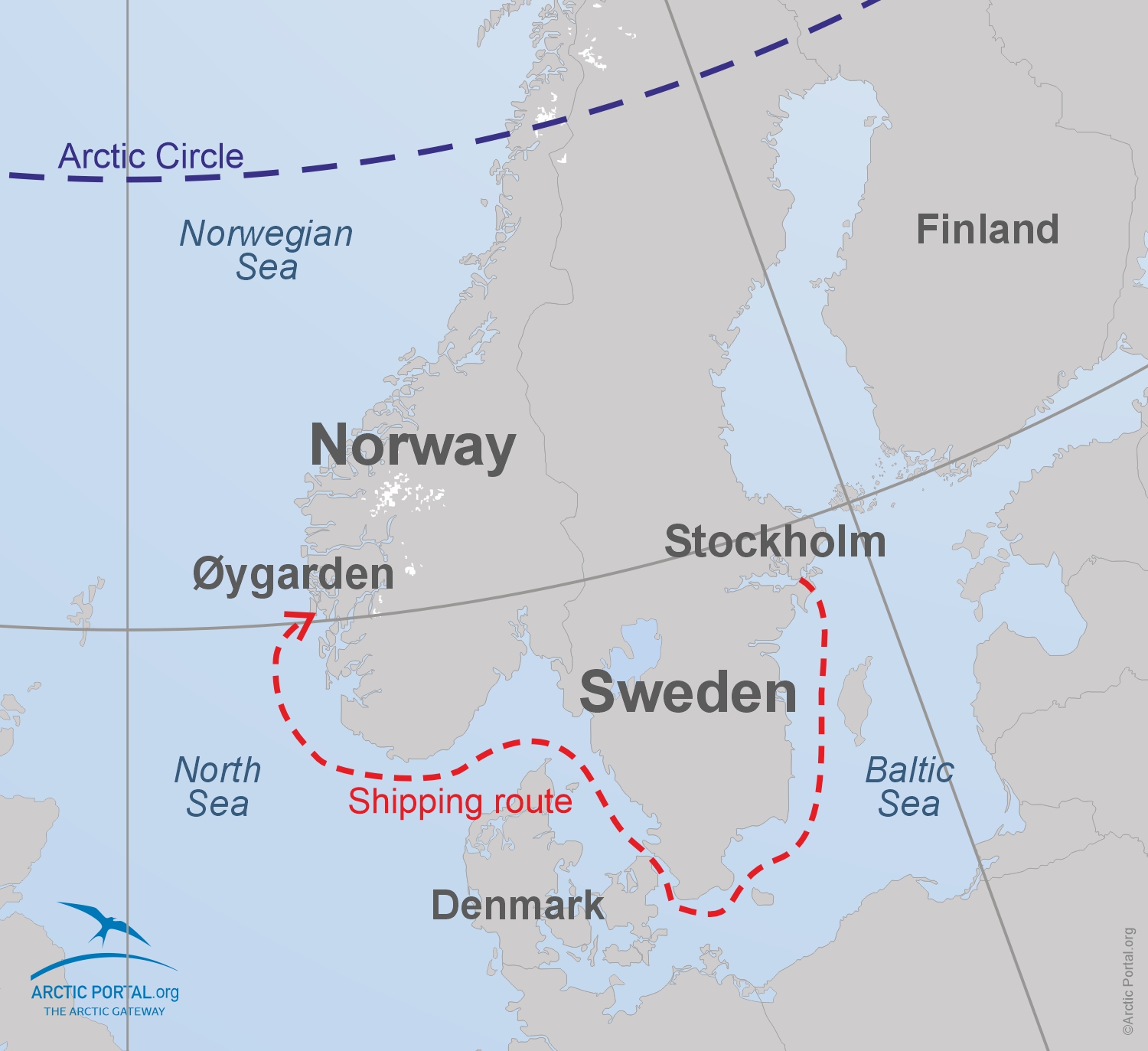 New collaboration sees Swedish power company capture nearly a million tonnes of CO₂ annually for permanent storage beneath the North Sea.
New collaboration sees Swedish power company capture nearly a million tonnes of CO₂ annually for permanent storage beneath the North Sea.
In a major leap forward for global climate action, Northern Lights, a Norwegian company jointly owned by Equinor, Shell, and TotalEnergies, has developed the world’s first open-source CO₂ transport and storage infrastructure.
The initiative is designed to provide carbon storage as a service, offering industrial emitters a viable and permanent solution to prevent unavoidable carbon dioxide emissions from entering the atmosphere.
The project has now taken on international significance as Stockholm Exergi, the Swedish energy provider responsible for supplying heat and power to the city of Stockholm, has broken ground on a cutting-edge carbon capture facility. Once operational, the plant will capture and process over 800,000 tonnes of CO₂ per year, roughly equal to the annual emissions of all vehicles in the Swedish capital.
The captured carbon will then be transported to the Northern Lights storage facility in western Norway, where it will be injected 2.6 kilometers beneath the seabed into deep geological formations in the North Sea. These reservoirs are the remnants of former oil and gas fields, now repurposed to safely and permanently store CO₂.
 Climate Milestone for Europe
Climate Milestone for Europe
With an estimated cost of approximately €1.2 billion, the Stockholm Exergi project is set to become Europe’s largest carbon removal facility and one of the biggest in the world. It is funded through a combination of loans, grants, and the sale of emission certificates, showcasing a new economic model for scaling carbon capture and storage (CCS) technologies.
This development aligns with a growing consensus that carbon dioxide removal (CDR) will be essential to meeting the goals of the Paris Agreement. While global carbon capture capacity is still limited, only about 50 million tonnes annually, or just 0.1% of worldwide emissions, the technology is gaining traction as a key component in tackling emissions that are otherwise difficult or impossible to eliminate, particularly in heavy industry.
Open-Source Infrastructure: A First in the World
Northern Lights distinguishes itself by offering an open and accessible transport and storage solution, inviting emitters from across Europe to ship their captured CO₂ to Norway. This infrastructure includes pipelines, intermediate storage, and offshore injection wells, managed under strict environmental controls to ensure safe, long-term containment.
“Our mission is to enable decarbonization at scale,” Northern Lights states. “By making CO₂ transport and storage available to industrial players, we’re removing a major barrier to climate progress.”
Different Approaches, Common Goals
While similar in ambition to Iceland’s Carbfix project—which mineralizes CO₂ by injecting it into basalt rock—Northern Lights employs a geological storage method that utilizes existing oil and gas reservoirs. Both projects reflect the growing innovation in the carbon capture space, each tailored to local geology and energy infrastructure.
As more countries and companies look for realistic pathways to net zero, the concept may serve as a model for how cross-border cooperation and open infrastructure can accelerate the fight against climate change.
Source:Ruv.is, Northern Lights
The tags below provide an opportunity to view previous posted related news within the selected category
